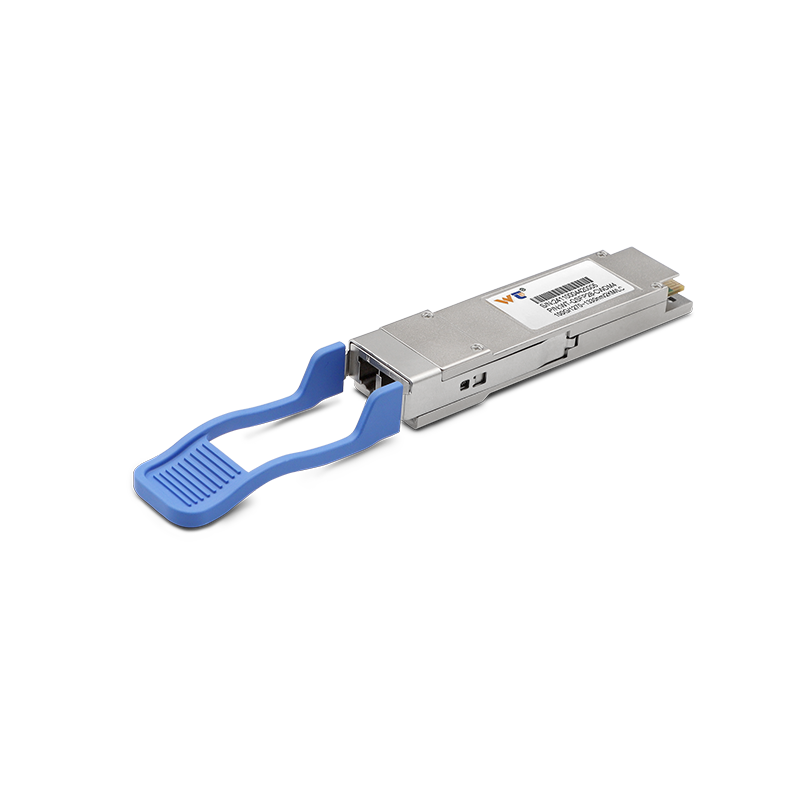Fiber optics have revolutionized the communications industry, offering unprecedented speed and bandwidth. However, as reliance on these systems grows, so does the need for robust fiber security measures. This article aims to explore the various dimensions of protecting fiber optic communications from interference and attacks. Understanding the intricacies of this technology is essential for professionals looking to implement effective security strategies.
Fiber optic technology operates by transmitting data as light pulses through thin strands of glass or plastic. The core and cladding are carefully designed to reflect light and maintain signal integrity over long distances. This remarkable capability, however, does not render fiber optics immune to interference and attacks. Key vulnerabilities include physical attacks, such as fiber cuts, and cyber threats that exploit network protocols. Therefore, a comprehensive understanding of the technology, along with proactive security measures, is paramount in ensuring the integrity of these communication systems.
There are several primary types of fiber optic security technologies and protocols in use today. Encryption plays a crucial role, transforming data into unreadable formats that can only be decrypted by authorized users. Additionally, intrusion detection systems (IDS) can monitor network traffic for anomalies, allowing network administrators to take action against potential threats. Another critical measure is the use of fiber optic sensors that can detect physical disturbances, such as vibrations, which might indicate unauthorized access attempts. By integrating these technologies, organizations can create a multi-layered defense strategy tailored to their specific needs.
The operational principle behind fiber optic security is rooted in both physical security and data integrity. Physical security involves safeguarding the cables from tampering or damage, often through protective conduits or surveillance systems. On the data side, various protocols and encryption methods ensure that the information transmitted is safe from interception. The combination of ongoing monitoring and employing advanced algorithms enables timely intervention, maintaining both the security of the fiber network and the sensitivity of the data being transmitted.
Application fields for fiber optic security span several industries, including telecommunications, finance, and defense. In telecommunications, securing data transmissions can prevent disruptions and ensure service continuity. The finance sector relies on fiber optics for secure transactions, necessitating measures to guard against data theft and fraud. Moreover, government and military operations use fiber optic communications for secure, reliable data exchange, highlighting the critical nature of securing these systems against sophisticated threats. Thus, implementing robust security measures is not just an option; it is an imperative for safeguarding vital communications.
Looking ahead, the development trends in fiber optic security are focused on enhancing resilience against increasingly sophisticated threats. As cyber-attacks become more pervasive, there is a movement towards integrating artificial intelligence (AI) and machine learning (ML) into security protocols. These technologies can significantly improve threat detection and response times, adapting to new threats in real-time. Furthermore, the rise of the Internet of Things (IoT) necessitates improved security measures to protect the vast number of connected devices. This evolution emphasizes the need for ongoing research and investment in security technologies to stay ahead of adversaries.
To standardize and enhance fiber optic security, various technical standards have emerged. Institutions like the Internet Engineering Task Force (IETF) and the National Institute of Standards and Technology (NIST) provide frameworks and guidelines crucial for organizations to establish robust security protocols. These standards address key areas such as encryption methods, intrusion detection, and physical security, ensuring that fiber optic systems meet specific security requirements. Compliance with these standards not only increases the resilience of communications infrastructure but also instills confidence among users and stakeholders regarding the integrity of the systems in place.
For those delving into fiber optic communications, it is clear that while the technology provides remarkable benefits, understanding and implementing effective security measures is critical. By staying informed about the evolving landscape of threats and adopting best practices, practitioners can safeguard their networks against interference and attacks, ensuring the reliability and confidentiality of their communication systems.






